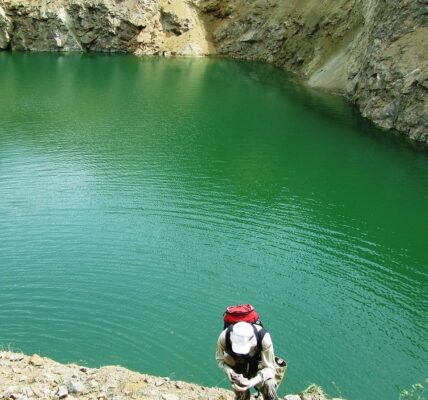Minerals are self-native, stable chemical elements with unique physical and chemical characteristics. They are formed as a result of complex natural processes. Nowadays, mankind has learned to grow them in laboratories, marine farms and factories. Minerals form rocks.
One example of how people use knowledge about minerals for their own needs is the artificial production of pearls. Special marine farms create conditions as close to natural as possible. The pearls obtained in this way are in no way inferior to natural ones and have similar characteristics.
There are several forms of minerals in nature:
- solid (gold, diamond);
- liquid (mercury, oil);
- gaseous (hydrogen sulfide, carbon dioxide).
Solid minerals, in turn, can be crystalline (quartz) and amorphous (all kinds of resins, opal). Crystalline minerals are based on numerous crystals, while amorphous minerals do not have them in their composition.
The properties of minerals largely depend on their structure. Thus, the same element can form different forms of minerals. For example, carbon can create two completely different compounds with opposite properties: soft and plastic graphite and the hardest mineral in the world – diamond.




